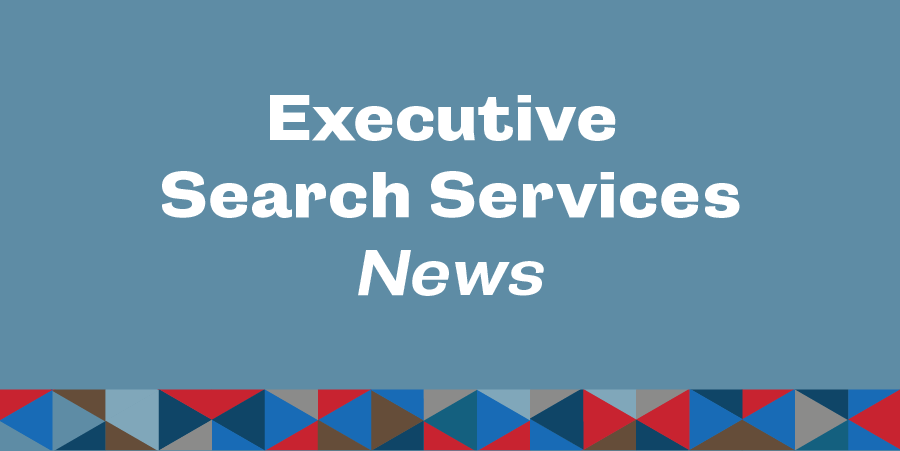Basic Tips for Managing Employee Performance
Performance management is the systematic process by which an employer involves its employees, as individuals and members of a group, in improving organizational effectiveness.
Implementing a process of performance management allows the organization to grow and develop employees and motivate and engage them in the work they perform. Following are the basic steps for managing employee performance:
- Implement effective hiring practices
- Plan work and set expectations
- Monitor performance continuously
- Develop the capacity to perform
- Reward good performance
- Correct poor performance
- Manage disciplinary actions
Hiring Practices
Managing employee performance begins upon hire. Job requirements should be clear and concise in the posting process. Applicants should be appropriately screened to determine most qualified. A structured interview process can be used to accurately make hiring decisions including an evaluation of an applicant’s ability and attitude. A thorough review of an individual’s background through criminal history record information (CHRI) and reference checks is the final step prior to officially making an employment offer.
There are advantages to conducting a phone rather than a written reference. It provides an opportunity to verify the identity of the reference, ask follow-up questions, and obtain specific information about the reference’s relationship to the applicant. To avoid unlawful discrimination when hiring only ask questions directly related to the knowledge, skills, and personal attributes identified in the job description.
Planning Work and Setting Expectations
To achieve organizational objectives, performance expectations and goals should be communicated to the employee. Including the employee in the process connects them to the organization and helps them understand what needs to be done, why it needs to be done, and how well it should be done.
Performance expectations can be derived from the following:
- Job description
- Job targets
- Policies and procedures
- Expected interactions with coworkers
- Standards of conduct
Monitoring Performance
An employee’s work must be monitored. This includes providing feedback of an employee’s progress towards reaching goals.
Ongoing monitoring provides the opportunity to check how well an employee is meeting predetermined standards and make changes to unrealistic or problematic goals. Additionally, unacceptable performance can be identified throughout the year and coaching strategies can be used to address deficiencies rather than waiting for the formal evaluation.
Developing Capacity
An employee should be provided growth opportunities to develop new skills or higher levels of responsibilities and improve work processes. These opportunities encourage good performance, strengthen job-related skills and competencies, and help an employee keep up with changes in their work environment. Deficiencies may also be identified and training may be used to make needed adjustments leading to employee success.
Rewarding Performance
Rewarding good performance means recognizing an employee and acknowledging contributions.
Simple forms of recognition or affirmation throughout the year shows a supervisor values an employee’s efforts. Rewards support behavior directly aligned with accomplishing a strategic goal, may be tied to an employee’s passion and purpose, and are associated with an employee’s accomplishments. Rewards also give an employee a sense of meaning or purpose in their work.
Correcting Poor Performance
Often supervisors are afraid corrective feedback will damage an employee relationship. It is an integral part of a supervisor’s duties. For an organization to excel effective feedback is key.
Corrective feedback when paired with positive feedback and recognition is a powerful tool for improving relationships and performance. By nature, an employee wants to receive this type of feedback to ensure they are on the right track. It allows the employee to grow and develop, encourages effort, and acknowledges results. When given consistently, it can reduce employee mistakes, improving the efficiency and productivity of the work environment.
Managing Disciplinary Actions
When a supervisor holds an employee accountable for their performance and behavior, the supervisor is perceived as being fair and trustworthy. A performance plan may be used when an employee is struggling despite coaching and support provided by their supervisor or as a response to wrongdoing.
The plan serves as an effort to keep an employee and show a commitment to supporting additional growth and development in areas of deficiency. It also provides documentation if an employee does not make needed changes to support adverse employment actions.
Adverse employment actions may be more formal in nature and include verbal or written warnings or termination.

Karen Dooley
Karen Dooley joined HR Services in 2016. She specializes in staffing services, HR reviews, and other projects. She provides training and assists school districts with their HR-related needs. Dooley is a seasoned administrator with more than 17 years of HR experience in Central Texas districts as a coordinator, director, and assistant superintendent. She also worked as an assistant principal, counselor, and teacher, and holds a superintendent certificate.
Dooley received her master’s degree from Prairie View A&M University and her bachelor’s degree from Texas State University.
HR Services

Subscribe to HRX
Stay up to date with all the latest HR news and trends by joining the HRX mailing list!





